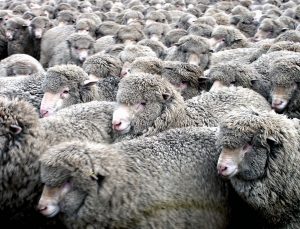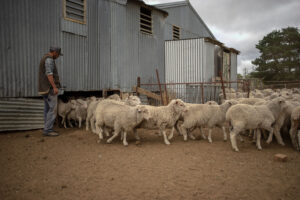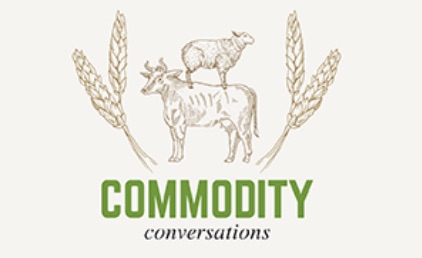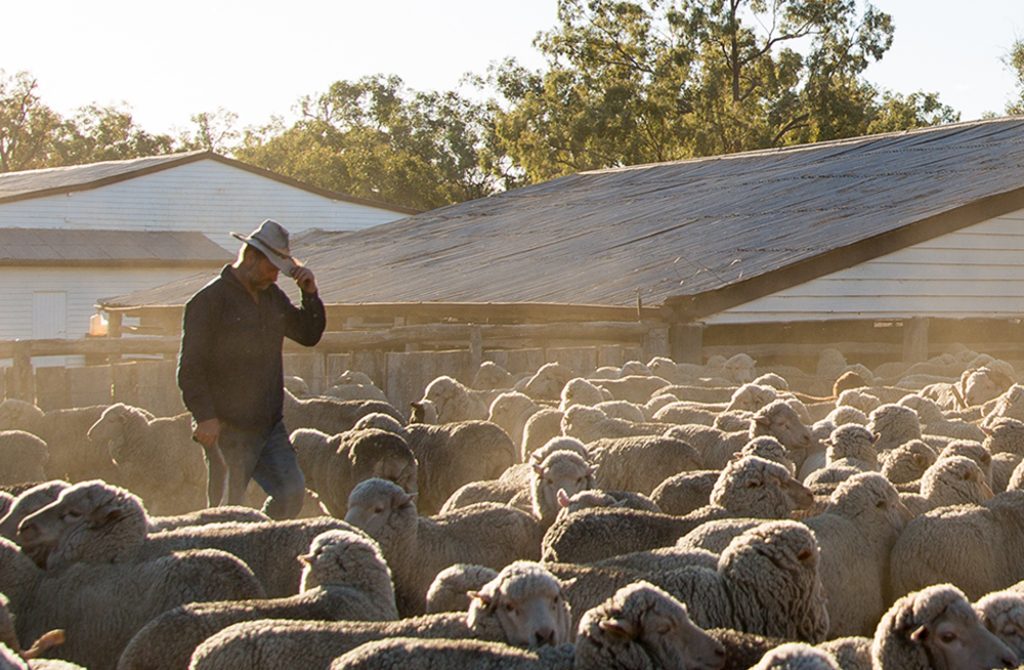Feedback indicates merino woolgrowers often use the Eastern Market Indicator (EMI) to monitor the greasy wool market. For decisions about specific categories or lots of wool, this is akin to looking at the share market All Ordinaries (All Ords) indicator to make a decision regarding a specific company’s share. This article investigates the relationship between the EMI and various merino-micron categories.
The AWEX EMI (https://www.awex.com.au/media/2165/awex-emi-indicator-points.pdf ) is designed to reflect price level changes for the entire Australian wool clip. It includes crossbreds, cardings as well as merino quotes. In addition, it has changed over time in response to changes in the Australian wool clip; such as the increase in crossbred wool in the clip from around 5% in the early 1990s to around 21% now. Change in the makeup of the wool clip means the EMI is covering a wider range of wool qualities. In turn, this means the relationship between the EMI and some wool qualities has weakened.
Figure 1 compares the EMI (monthly average of daily quotes) with a calculated average merino micron price, in Australian dollar terms from 1992 onwards. The average merino micron price has been calculated by working out the average merino fibre diameter, and then working out a price for this fibre diameter (to point of a micron) from the published eastern Australian micron indicators. In the early 1990s, the two series track each other closely. By 2011 a sizeable gap had opened up between them; a gap which has been quite wide during the past two years.
In Figure 2, the percentage difference between the two series (bars referring to the right-hand axis) has been overlaid. The percentage difference has trended higher during the past twenty years and now sits around plus 20-30%, a big premium over the EMI. The point here is that while the EMI is performing well, it does not necessarily reflect what is happening to the average merino micron price. For a wool grower with 18-19 micron wool (around the average merino fibre diameter), this means the EMI is understating price levels by 20-30%.
In Figure 3, the EMI is compared to the merino 17-micron category (which is 2 microns finer than the average). As expected, it shows an even larger difference between the two. Figure 4 goes the other way and compares the EMI to the 21-micron category (two microns broader than the average merino fibre diameter). This series was notably lower than the EMI in the 1990s but has been roughly in line with the EMI in recent years.
In summary, the EMI is not necessarily a good indicator for merino wool sellers (or buyers) especially if the wool is near the average merino micron or finer. The AWEX MPGs are designed to reflect prices for specific micron categories, and in this role, they do an excellent job. So, the tools are there to monitor the greasy wool market unlike New Zealand and South America which lack these specified indicators.
What does it mean?
The EMI is not designed to allow monitoring of a specific micron category; therefore, it should not be used to do so. As the article shows the EMI has a much better relationship to 21 microns (currently than 19 or 17 microns. Farmers would not consider using the 21 MPG to monitor the value of 17-micron wool, so why use the EMI? AWEX publish very useful MPGs to allow monitoring of specific micron categories, helping to make the Australian greasy wool market extremely transparent.
Have any questions or comments?
Key Points
- The EMI is designed to reflect the entire greasy wool market, which it does.
- The linkage between the EMI and average to finer merino prices has loosened during the past two decades.
- AWEX publishes MPGs that allow more specific monitoring of the greasy wool market by micron category.
Click on figure to expand
Click on figure to expand
Click on figure to expand
Click on figure to expand
Data sources: WI, AWEX, AWTA, ICS, Mecardo
















